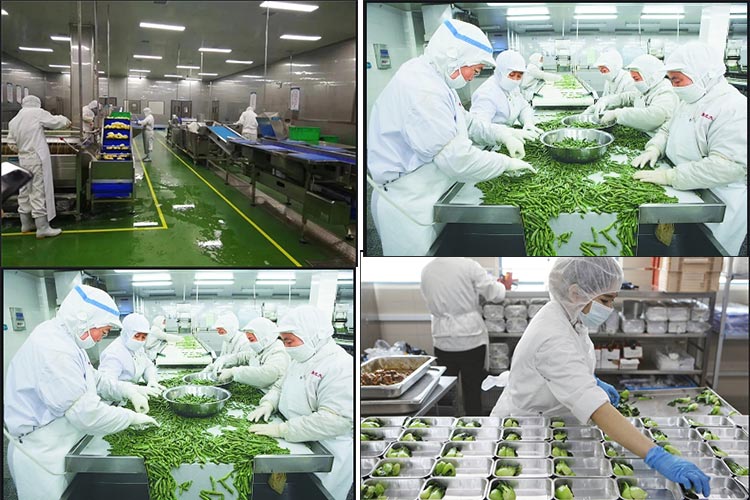Application of hypochlorous acid generator in food processing field
Excessive bacteria is one of the main factors affecting food safety, almost all enterprises will take strict control measures, customized standardized process and disinfection system. There are several traditional disinfection methods in general

ultraviolet light sterilization
Has a strong bactericidal effect, simple installation, convenient use, widely used in the food industry, because UV is harmful to human body, so can only be used in the static (no one) situation, the actual production for bacteria secondary contamination of food provides opportunities, UV lamp has another drawback, effective irradiation distance is 1.5 meters, open most bacteria in the air, The virus can only be temporarily stunned (hidden below 0.6M or beyond irradiation distance), but not completely killed; When closed, such as people, things, etc. flow after being stunned bacteria, viruses will rebound, so that the amount of air floating higher
Ozone
It has special effects on killing harmful bacteria and can reduce the odor in the workshop. It is widely used. Its sterilization effect depends on the humidity and ozone concentration in the workshop. Since ozone can cause neurological poisoning, bronchitis and pneumonitis, it is recommended to leave the doors and Windows open for 2-3 hours after disinfection, and then enter the workshop. The aseptic equipment will be working during production
Clean room
The efficient three-stage filtration method is used to filter dust, and fresh air is added at the same time, but the efficient filtration and ventilation system itself does not have sterilization function, sterilization still needs to be combined with ozone device. At present, clean room can not be popularized in the food industry (except health food), the reason is that clean room cost is high, power consumption, fragile products replacement frequently, operation cost is large, and food enterprises are mostly old factory buildings, high renovation cost, relocation or reconstruction cost is greater, so clean room for many enterprises has become an image project, only to not be used
To sum up, the traditional sterilization method cannot realize continuous and dynamic disinfection under human condition, leading to the interruption of disinfection and bringing hidden dangers to the food processing industry
Application scenarios of hypochlorous acid in food processing
hand disinfection: In the production workshop, the personnel in contact with the product, directly wash hands with slightly acidic hypochlorous acid water disinfection, hands vigorously wash the palm inside and outside for 30 seconds, automatic drying
Gloves disinfection: First wash hands with hand sanitizer, automatically dry, then wear gloves, and then wash gloves with slightly acidic hypochlorous acid water vigorously for 30 seconds, dry gloves
Shoe disinfection and washing: It is best to use a device that can automatically clean shoes when passing through to ensure complete disinfection
Wall disinfection: Once the walls of the production workshop are dirty, whether in the production process or after the end of production, should be timely water washing, continuous use to prevent mildew bacteria and other sticking on the wall, can be washed with detergent first, then rinse with tap water to remove dirt, and finally with slightly acidic hypochlorite water gun disinfection
Preparation area feeding platform disinfection, ground disinfection: When the ground and preparation platform of the production workshop are dirty, it can be directly cleaned with slightly acidic hypochlorous acid water no matter in the production process or after the production
External cleaning of mechanical equipment: all parts in contact with food on the production line, the external surface as far as possible with slightly acidic hypochlorous acid water elimination, the use of circulating flow disinfection, can kill the subtle parts that are not easy to clean, the effect is better, conveyor belt or transmission chain as far as possible with slightly acidic hypochlorous acid water rinse.
Indoor air disinfection: the use of spray or matching atomizer the hypochlorite water distribution in the air, the realization of sterilization method is more convenient, do not need to be like other ultraviolet sterilization or ozone sterilization lamp sterilization must be evacuated to disinfection, hypochlorite water in the process of sterilization even if the presence of personnel can be sterilization
